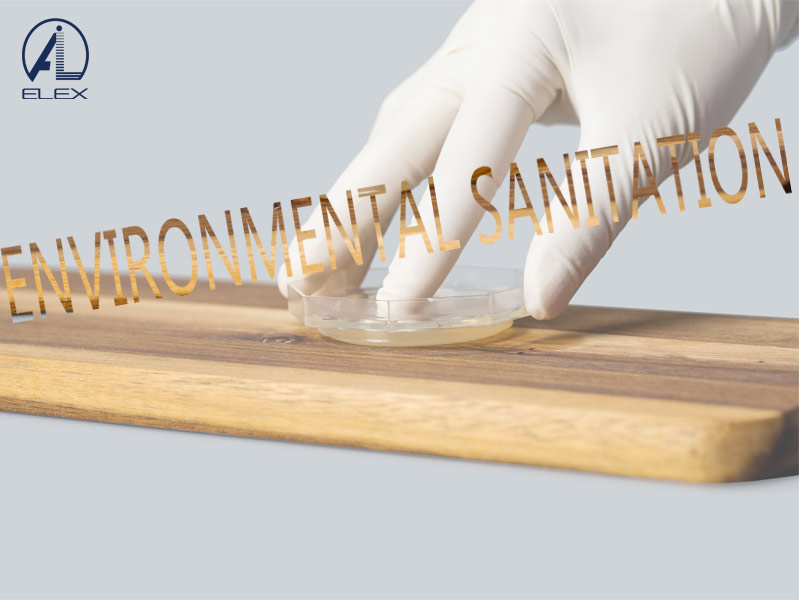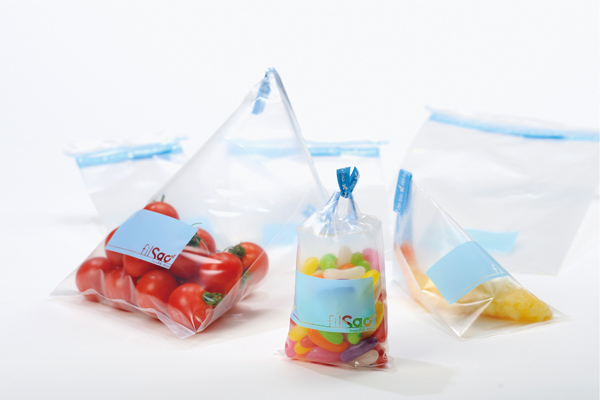Cosmetic microbiology is a science that studies the characteristics, properties, physiological characteristics, growth rules of microbes in cosmetics and how to prevent microbes from polluting cosmetics. It is an important basis for cosmetic microbiology testing and ensuring the quality of cosmetics.
1) Pseudomonas: such as Pseudomonas aeruginosa, Pseudomonas maltophilia, Pseudomonas cepacia, all of which have strong adaptability and strong resistance to fungicides. Pseudomonas is a contaminating bacteria in wounds, sometimes causing contamination of eye cosmetics and even blindness.
2) Serratia: It is not a typical pathogen, but a member of Enterobacteriaceae, which usually contaminates bactericides and surfactants.
3) Escherichia: It is an indicator bacteria for water and fecal pollution. Some strains produce enterotoxin and cause diarrhea.
4) Enterobacter: present in samples of surfactants and quaternary ammonium salts.
5) Klebsiella: It is widely found in nature and is a human pathogen. For the weak, Klebsiella pneumoniae infection can cause pneumonia.
6) Proteus: It has motility, and can produce hydrogen sulfide and decompose urea to produce ammonia and carbon dioxide. Proteus exists in the intestines of humans and animals.
7) Streptococcus: There is very little contamination of Streptococcus in cosmetics, and the pollution is mainly caused by poor hygiene management and brought in by employees' hands.
8) Staphylococcus: it will cause conjunctivitis and food poisoning, mainly contaminate in the pustules. Staphylococcus aureus is a potential pathogenic bacteria, and it is an indicator of man-made pollution in cosmetics.
9) Bacillus: It can form spores, and pasteurization cannot effectively kill them. Although the probability of contamination in cosmetics is low, it exists in garbage and soil, so it has also attracted the attention of microbiologists.
10) Clostridium: It can form spores and is widely found in soil, which is an anaerobic bacteria. Often wounds are infected and produce exotoxins. Clostridium has a low probability of contamination in cosmetics, but once contaminated by garbage, waste, etc., the consequences are very serious, so it has also attracted the attention of cosmetic microbiologists.
11) Fungus: People who are weak are susceptible to fungal infections. Pay attention to whether the raw materials of cosmetics are contaminated by fungi. Penicillium is a contaminating bacteria for cosmetics, and Candida albicans is a pathogenic bacteria.
 A Tentative Study on the relevance of HACCP certification and infection control in hospital
A Tentative Study on the relevance of HACCP certification and infection control in hospital
 Environmental Sanitation Microbiology Testing
Environmental Sanitation Microbiology Testing
 Microbiology Test in Food Industry
Microbiology Test in Food Industry
 The Applicability of High-quality Ready-to-use Swab Sampler for Tableware Sampling and Public Places Supplies and Utensils Microorganisms
The Applicability of High-quality Ready-to-use Swab Sampler for Tableware Sampling and Public Places Supplies and Utensils Microorganisms
 Spike Experiment of DNP Culture Media Plate Based on Ice Cream
Spike Experiment of DNP Culture Media Plate Based on Ice Cream


